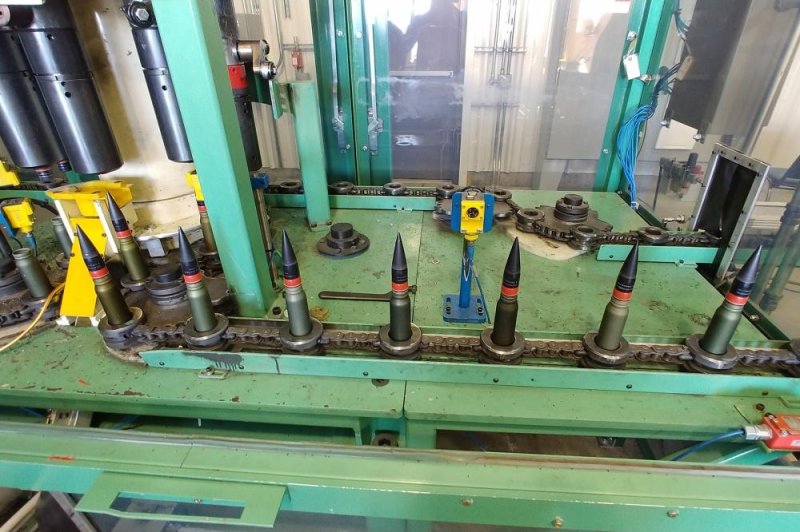Chinese media singles out South Korean activists amid kimchi dispute
FEB. 18, 2021

Chinese state media has previously claimed that kimchi, a spicy Korean cabbage dish, has been recognized as Chinese by the International Organization for Standardization -- a move that drew outrage in South Korea. File Photo by Jeon Heon-kyun/EPA-EFE
Feb. 18 (UPI) -- A spat between Chinese state media and a South Korean activist group is growing after activists of Voluntary Agency Network of Korea launched an online petition against Chinese claims about kimchi, a spicy cabbage dish of Korean origin.
Chinese state tabloid Global Times said Thursday in an editorial that VANK was "starting a fight" with China, after the activists released a petition charging China with distorting Korean cultural artifacts, including hanbok, the national costume, and "Arirang," a Korean folk song.
"In the encyclopedia of Baidu, China's largest portal site, there is a distorted description of kimchi that it is a long cultural heritage of China and the origin of kimchi is China," VANK said. "Stop China's cultural hegemony!"
The group also charged the Global Times with distorting facts about kimchi.
RELATED Imprisoned Samsung chief banned from company for 5 years
VANK is known for geographical activism. The group has previously defended South Korean claims over the Dokdo Islets, known as Takeshima in Japan. The uninhabited islets are disputed territory.
Chinese state media also drew attention to Seo Kyoung-duk, a South Korean professor at Sungshin Women's University, according to Yonhap on Thursday.
Seo, who has criticized Chinese claims to Korean culture, had said in November South Koreans, including the government, needs to take "strong action" against China's "moves to take cultural assets away from Korea."
According to JoongAng Ilbo, Seo sent emails for corrections on the entry for Yun Dong-ju, an ethnic Korean poet who was born in China.
Yun was schooled in China, Japanese-occupied Korea, and Japan in the '30s and '40s, and died before the founding of the People's Republic of China. Yun, who wrote his poems in Korean, was a "famous Chinese poet," the Global Times claimed Wednesday.
Last year the Global Times angered South Koreans after claiming China had been conferred recognition by the International Organization for Standardization, with a global certification for kimchi as Chinese.
The ISO has said the Chinese claims are incorrect.









